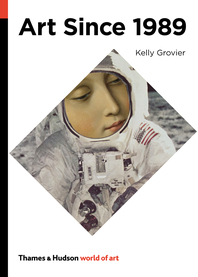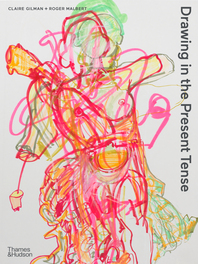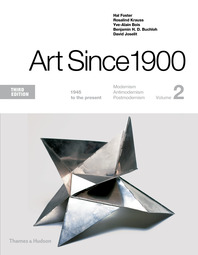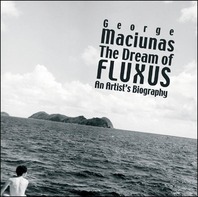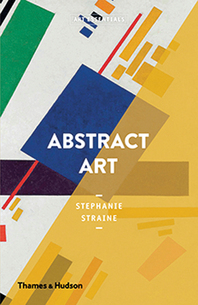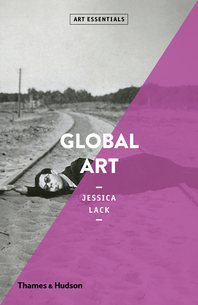Few would dispute that Banksy is the most famous urban artist in the world today. That he is also a perceptive art historian might come as a surprise to many. Taken together, the myriad memorable works the street artist has created over the course of the past thirty years, constitute an audacious commentary on the history of image-making—a captivating critique waiting to be pieced together.
Armed with little more than stencils, spray paint, and an anonymizing cloak of after-hours darkness, Banksy has forged an alluring identity for himself as an incorrigible prankster who doesn’t embrace tradition, but shreds it. Consider Banksy and you think of grubby city walls far removed from elite galleries and privileged museums where art is conventionally shown. What actually illuminates Banksy’s audacious murals, impromptu urban sculptures, and vandalized paintings, however, is a profound understanding of the story of art.
Through the dark satirical lens of Banksy’s mischievous reimagined masterpieces, art history is viewed anew and brought into unexpected focus. From his droll lampooning of the Lascaux cave paintings to reinventing Monet’s enchanting water lily pond, a reboot of Géricault’s tragic, gut-wrenching vision to Vermeer’s Girl with a Pearl Earring now instilled with street cred, everyone’s genius is grist for his unmerciful mill. Far from being diminished in their significance, however, the works that Banksy ruthlessly parodies are ultimately refurbished by the ordeal. Banksy’s iconoclastic works force us to rethink our affection for and appreciation of great works of art that define cultural history.
Contributors
Kelly Grovier
Author
Kelly Grovier is a columnist and feature writer for BBC Culture and his writings on art have appeared in the Times Literary Supplement, The Independent, Sunday Times, The Observer, RA Magazine, and Wired. He is the author of several books, including A New Way of Seeing: The History of Art in 57 Works, On the Line: Conversations with Sean Scully, and The Art of Color: The History of Art in 39 Pigments. He is cofounder of the scholarly journal European Romantic Review.


